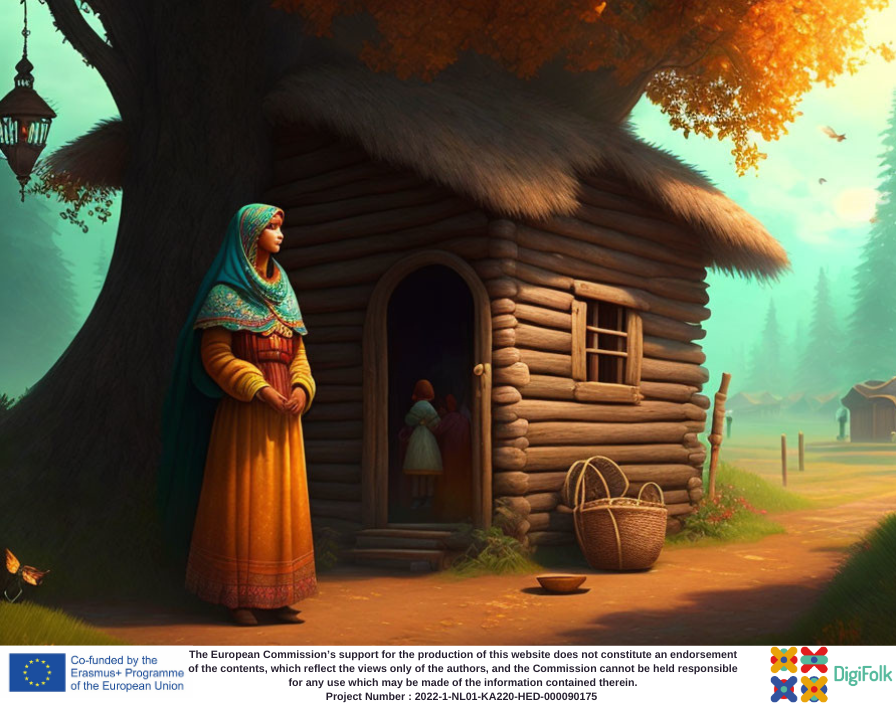
Folktales and Marginalized Groups: Preserving Cultural Narratives
Folktales have long played a crucial role in preserving the cultural heritage of marginalized groups around the world. These stories are not mere entertainment; they are vital repositories of traditions, histories, and wisdom that might otherwise be lost or forgotten. They offer marginalized communities a powerful means of preserving their identity and sharing their experiences with future generations.
One of the most significant functions of folktales within marginalized communities is their ability to give voice to those often silenced or overlooked. These stories provide a platform to address social injustices, inequality, and the unique challenges faced by marginalized groups. Through allegorical narratives, they can challenge norms and advocate for change while doing so in a way that transcends time and place.
Folktales also serve as an invaluable tool for passing down cultural knowledge and values. They are a way for communities to teach their children about their history, traditions, and moral codes. These stories reinforce a sense of belonging and help marginalized groups maintain a strong cultural identity, even in the face of external pressures to assimilate.
Furthermore, folktales contribute to the broader tapestry of human culture, fostering understanding and appreciation between different communities. By sharing their stories, marginalized groups can bridge the gap between themselves and the wider society, fostering empathy and mutual respect.
In many ways, folktales act as a bridge to the past, connecting current generations to the struggles, triumphs, and enduring spirit of those who came before. They offer hope, resilience, and a reminder that marginalized groups have, and continue to, shape the rich mosaic of human history.
In conclusion, folktales and marginalized groups are intrinsically linked. These stories provide a voice, a sense of identity, and a means of cultural preservation for communities that have often been marginalized, oppressed, or misunderstood. They are a testament to the resilience and creativity of these groups, ensuring that their unique narratives endure, and their experiences are heard and appreciated for generations to come.
- Dorson, R. M. (1972). Folklore and folklife: An introduction. University of Chicago Press.
- Abrahams, R. D. (1993). Talking black: Reflections on African-American culture. University of North Carolina Press.
- Glassie, H. (1983). Passing the time in Ballymenone: Culture and history of an Ulster community. Indiana University Press.
- Bauman, R., & Sherzer, J. (1974). Explorations in the ethnography of speaking. Cambridge University Press.
- Buccitelli, A., & Mugnaini, D. (Eds.). (2018). Narrating the City: Histories, Space and the Everyday. Routledge.
Evropska komisija podržala je kreiranje ove internet stranice, ali nije odgovorna za njen sadržaj, koji izražava isključivo stavove autora. Komisija nije odgovorna za korišćenje informacija prezentovanih na internet stranici.
Avrupa Komisyonu'nun bu web sitesinin hazırlanmasına verdiği destek, sadece yazarların görüşlerini yansıtan içeriklerin onaylandığı anlamına gelmez ve Komisyon burada yer alan bilgilerin herhangi bir şekilde kullanılmasından sorumlu tutulamaz.
The European Commission’s support for the production of this website does not constitute an endorsement of the contents, which reflect the views only of the authors, and the Commission cannot be held responsible for any use which may be made of the information contained therein.
Η υποστήριξη της Ευρωπαϊκής Επιτροπής για την παραγωγή του παρόντος δικτυακού τόπου δεν συνιστά έγκριση του περιεχομένου, το οποίο αντανακλά τις απόψεις μόνο των συντακτών, και η Επιτροπή δεν μπορεί να θεωρηθεί υπεύθυνη για οποιαδήποτε χρήση των πληροφοριών που περιέχονται σε αυτόν.
De steun van de Europese Commissie voor de productie van deze publicatie houdt geen goedkeuring van de inhoud in die alleen de mening van de auteurs weerspiegelt, en de Commissie kan niet verantwoordelijk worden gehouden voor enig gebruik dat van de informatie in deze publicatie wordt gemaakt.
Project Number: 2022-1-NL01-KA220-HED-000090175